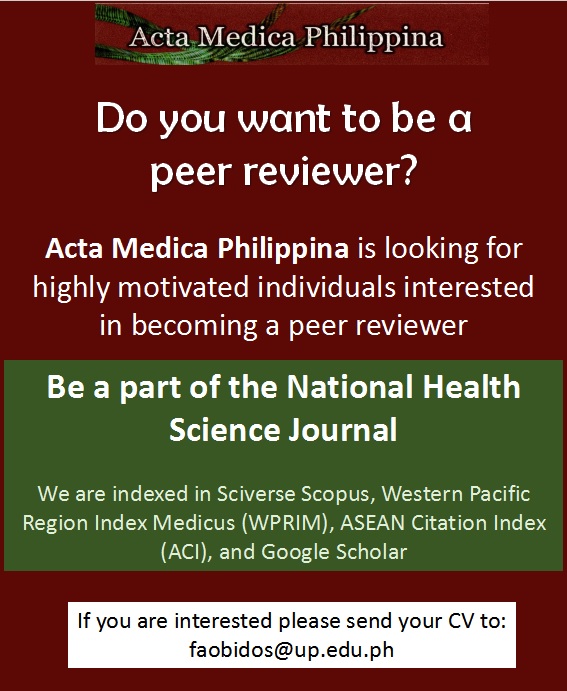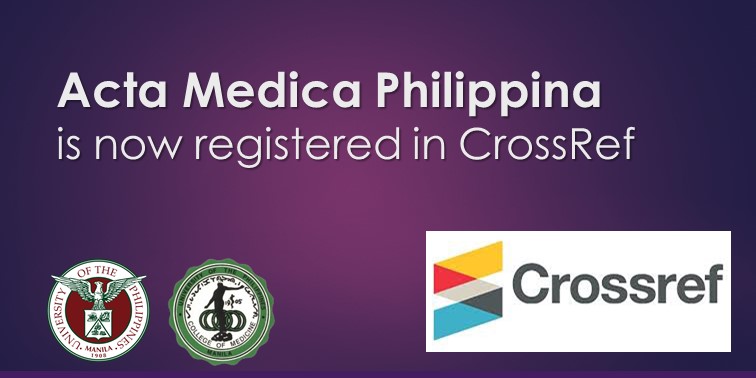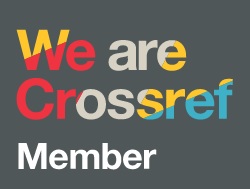A Case Study on a Novel Teaching Method on Integumentary and Musculoskeletal Anatomy for First Year Medical Students in a National University in the Philippines (University of the Philippines College of Medicine) as a Potential Alternative to Traditional Cadaveric Dissection
DOI:
https://doi.org/10.47895/amp.v59i6.10252Keywords:
medical education, novel teaching method, gross anatomy, integumentary and musculoskeletal anatomy, histologyAbstract
Background. The COVID-19 pandemic resulted in the lack of traditional cadaveric dissection among first year medical students in Anatomy courses in the University of the Philippines College of Medicine. The Learning Enhancement in Anatomy Program (LEAP) was implemented as a bridging program to enhance knowledge and understanding of gross anatomy and histology. As part of this program, a novel multi-strategy teaching method was conducted for the Integumentary and Musculoskeletal Anatomy Module.
Objective. This case study described a novel multi-strategy teaching method on Integumentary and Musculoskeletal anatomy for first year medical students which was done after the COVID-19 pandemic wherein there was a shortage of cadavers. By describing this multi-strategy teaching method, this case study aims to present a potential alternative teaching method in a situation where there is an unexpected shortage of human cadavers.
Methods. A retrospective review of documents related to this teaching method among first year medical students at the University of the Philippines College of Medicine was conducted from November 15, 2023, to January 15, 2024. The novel teaching method for the Integumentary and Musculoskeletal station was taught using five different methods: proctor demonstration, a prosected lower extremity with a self-directed manual, dissection education videos viewed on a large screen, skeletons for osteology, and individual light microscopes with a self-directed laboratory histology manual. We described the data and analyzed according to strengths and limitations, and formulated recommendations to improve the module.
Results. The Integumentary and Musculoskeletal Module of the LEAP provided an interactive, hands-on experience in anatomy education. The five-pronged method facilitated a multifaceted approach to learning through cadaveric prosections, self-directed manuals, dissection videos, osteology exercises, and microscopic study. There was active engagement, overall positive student feedback, and increased post-test scores. However, certain limitations, such as the lack of direct cadaveric dissection, potential underutilization of histology components, and reliance on faculty guidance, highlight areas for improvement.
Conclusion. The Integumentary and Musculoskeletal Module of the LEAP has demonstrated significant strengths in enhancing anatomical education through a multimodal approach that fosters active learning, improves knowledge retention, and provides a structured curriculum adaptable to various resource constraints. Student feedback and test performance support the effectiveness of the module, particularly in gross anatomy. Addressing challenges in future iterations will be crucial in refining the program and expanding its applicability to different educational contexts. By building on its strengths and mitigating its weaknesses, this five-pronged method can continue to serve as a model for innovative and effective anatomy education.
Downloads
Published
Issue
Section
License
Copyright (c) 2025 Acta Medica Philippina

This work is licensed under a Creative Commons Attribution-NonCommercial-NoDerivatives 4.0 International License.




.jpg)



